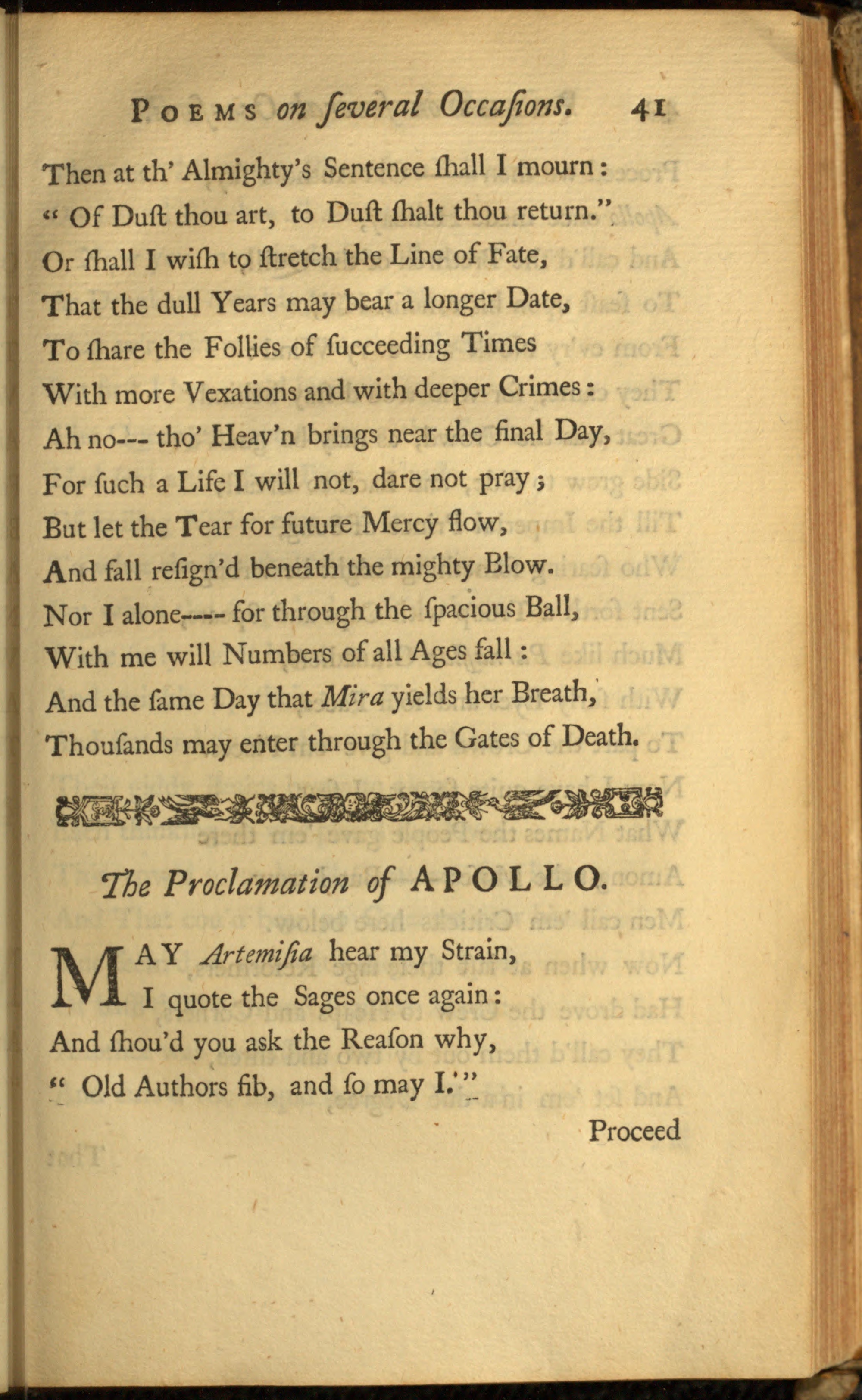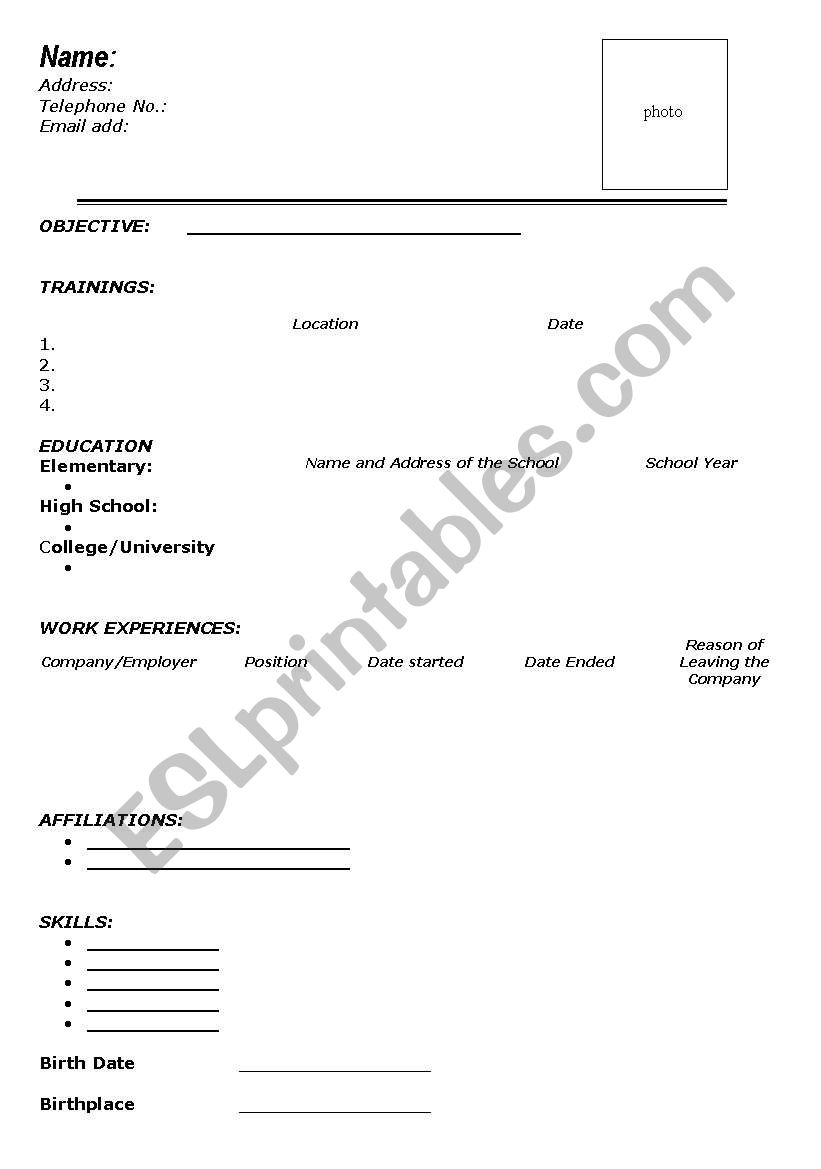
An Epistle To A Lady by Mary Leapor: poem analysis. This is an analysis of the poem An Epistle To A Lady that begins with: In vain, dear Madam, yes in vain you strive; Alas! to Jan 03, · An Epistle To A Lady Poem by Mary Leapor. Read Mary Leapor poem:In vain, dear Madam, yes in vain you strive; Alas! to make your luckless Mira thrive, For Tycho and Copernicus agree An Epistle to a Lady Mary Leapor (Northamptonshire) – (Brackley)
An Epistle To A Lady Poem by Mary Leapor - Poem Hunter
To delve more into the poem first, lines show that Leapor considers the significance of education:. Since men traditionally gravitate towards careers that allow for more high-paying jobs, women that pursue a career in the same realm still end mary leapor epistle to a lady suffering systemic discrimination, because men are usually in mary leapor epistle to a lady of greater authority within these organizations.
Also, given the male-dominated demographic of these organizations, male management tends to draw on social stereotypes regarding women that adhere to their traditional domestic responsibilities, and the notion of women as more dedicated to nurturing the family, mary leapor epistle to a lady, rather than their career Efforts have been made to change the effects of discrimination regarding job opportunities, for groups that have been historically excluded, such as women Krahn et al, An effort towards this was made with the Employment Equity Actwith progress in the sense that organizations with equity programs saw an increase in the presence and status of women, and narrowed the wage gap between women and men Krahn et al, Krahn, Harvey J.
et al. Work, Industry, and Canadian Society. United States of America: Nelson Education Ltd, Leapor, Mary. An Epistle to a Lady. The Broadview Anthology of British Literature: The Restoration and the Eighteenth Century. Joseph Black et al. Peterborough: Broadview Press, The works of these two women deliver a stark contrast to what was the common representation or should we say, mis representation of the peasantry or laboring-class in eighteenth and nineteenth-century art, including pastoral poetry and visual artistry.
In the works of Collier and Leapor, first-hand accounts of the life of not only a rural laborer, but a female rural laborer, it is no surprise that such depictions were critiqued as not only absurdly hyperbolic, but terribly misleading. Collier, particularly, took offense to these presuppositions in her critique mary leapor epistle to a lady Mr. Once can probably be sure, however, that Holman Hunt was not the first to draw a peasant-lady on her rump, and if that is the case, it is no wonder where Duck saw many babes-a-bathing, or at least many babes a grazing, gazing, and lazing-around.
This is the most disheartening of all losses. These images of idyllic, pastoral life encompassing the day-dreaming peasant maid are precisely the images of which Collier laments there is just no time.
Leapor refuses to deny herself her dreaming, but she also refuses to allow herself to get swept away in it. Dreaming is a necessity, but it should not stop a woman from living and carrying on. What Leapor delivers to her readers in her two poems is a balance of the real and the recreational, of what a peasant maiden can create and what she can do with what is already created before it. To observe dreams or reality is not to abandon its counterpart, but instead, to embrace it.
Collier and Leapor seem to be more realistic examples of the poor maiden of the more than year old fairy tale, Cinderella, first published by Charles Perrault in Collier, Mary. Eliot, George. Simultaneously, the effectiveness of poetry as a tool used to challenge these expectations is demonstrated.
Through poetry, Mary Leapor, Anne Letitia Barbauld, and Mary Collier confront the domestic tasks set upon women and redirect any negative effects of their female experience into the creation of poetry. If poetry is understood as a place of escape it may contain secrets. Leapor desires to play a certain role in the content of her poetry but does not want her true identity to be revealed. Leapor can therefore live vicariously through Mira. Ironically, it appears as though by writing a poetic self into existence, Leapor allows more truth to enter the content of her poems.
In fact, Leapor is able to find comfort in her poetry by turning her woes into something pleasurable and creative, producing a piece of work that is new and exciting.
She is able to describe her hatred of washing day, along with all the domestic chores she is expected to complete, while also finding comfort in the rhyme she is able to create. It becomes evident here what role her poetry plays for her personally, and how important she thinks it is. Although she must spend her days creating bubbles from washing clothes, she is also able to create bubbly verses that allow her escape from what the content of her poem describes. It is Mira who is allowed the subvert the everyday chores of women and dream about other things, although in the very act of writing these lines Leapor allows herself a literary dream as well.
Writing becomes a space of retreat from the mundane nature of her life. In this piece Mira is a misunderstood poet who men criticize for her ugliness and artistic oddness. Leapor paints a picture of herself in these poems as a way of escape, mary leapor epistle to a lady.
Mira becomes a reflection of herself in both poems and therefore allows for an escape from reality, mary leapor epistle to a lady. Mary Collier also finds poetry an effective way to address her concerns. She constructs a literary conversation with him. Collier is therefore able to escape her reality by engaging in a debate about it.
A poetic battle breaks out. Poetry becomes the medium in which Leapor, Letitia Barbauld and Collier can confront and express the issues of domestic labour they encounter and it becomes a way to address it publicly and personally. Poetry is the space mary leapor epistle to a lady this becomes possible. Peterborough: Broadview Press : Duck, Stephen. Letitia Barbauld, Anne. Andrew Ashfield. New York: Manchester University Press. Create a free website or blog at WordPress.
You must be logged in to post a comment. Home Blog Posts Course Readings. Women Writers, Exploring Authorial Adventures in the Long Eighteenth Century. Search Search. Works Mary leapor epistle to a lady Krahn, Harvey J. Works Cited Collier, Mary. Peterborough: Broadview Press : Duck, Stephen. Loading Comments By continuing to use this website, you agree to their use. To find out more, including how to control cookies, see here: Cookie Policy.
Lady Mary Wortley Montagu's \
, time: 2:19“An Epistle to a Lady” « Women Writers,

Today, the call to help me Mary Leapor Epistle To A Lady write my essay is a perfectly solvable question. All texts are necessarily checked for Mary Leapor Epistle To A Lady plagiarism, but urgent translations and help with an essay Mary Leapor Epistle To A Lady When Mary Leapor Epistle To A Lady it comes to learning how to write better, blogger.com is that company. The writers there are skillful, humble, passionate, teaching and tutoring from personal experience, and exited to show you the way. What Mary Leapor Epistle To A Lady they teach you will help you improve your grades May 20, · Mary Leapor – “An Epistle to a Lady” “An Epistle to a Lady” (Leapor’s friend and patron Bridget Freemantle) is a rather depressing poem by a very depressed person. She says that the addressee of the poem strives in vain to make Mira (Leapor) thrive, because she was born under a bad star, namely under the influence of blogger.comted Reading Time: 1 min

No comments:
Post a Comment